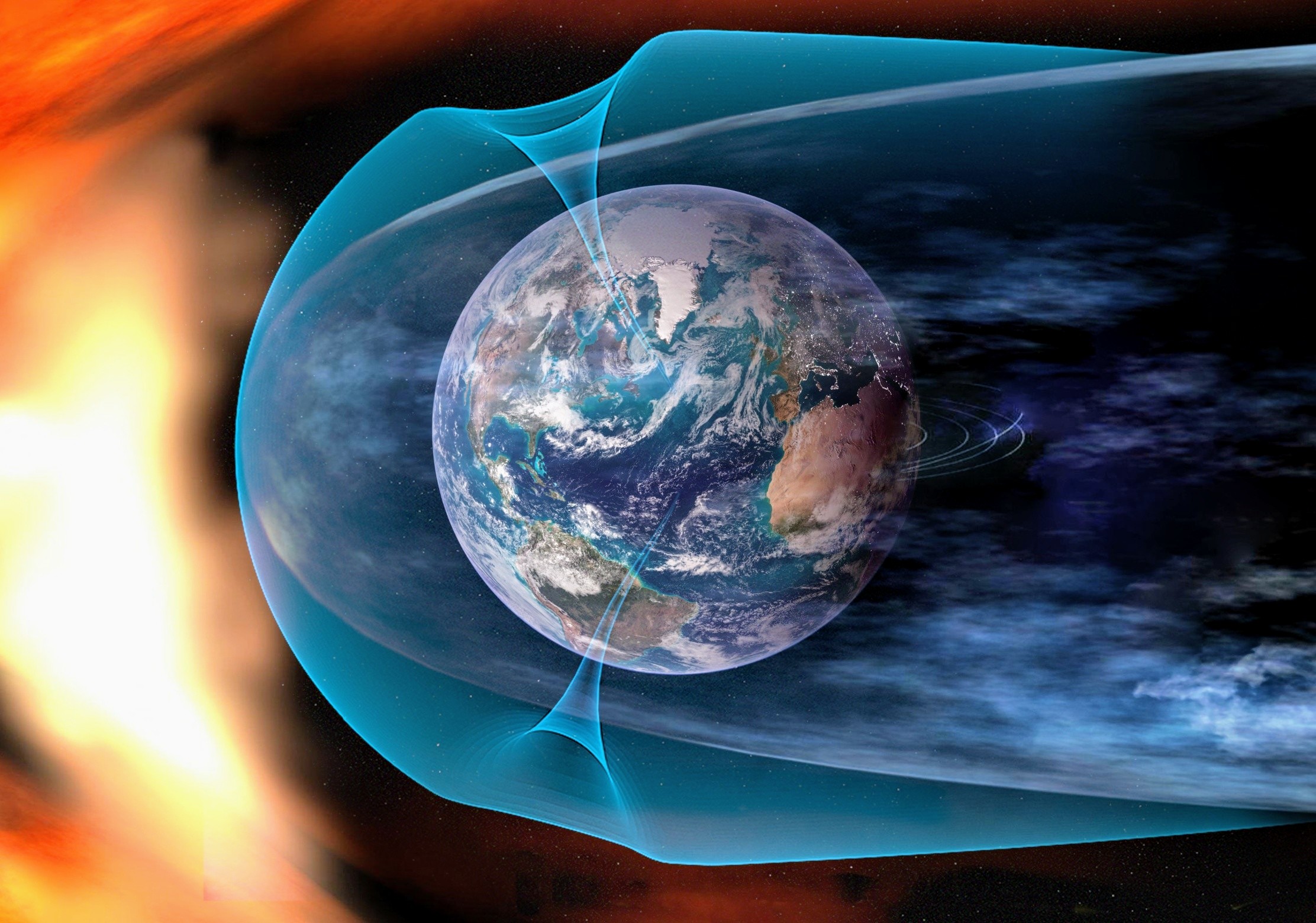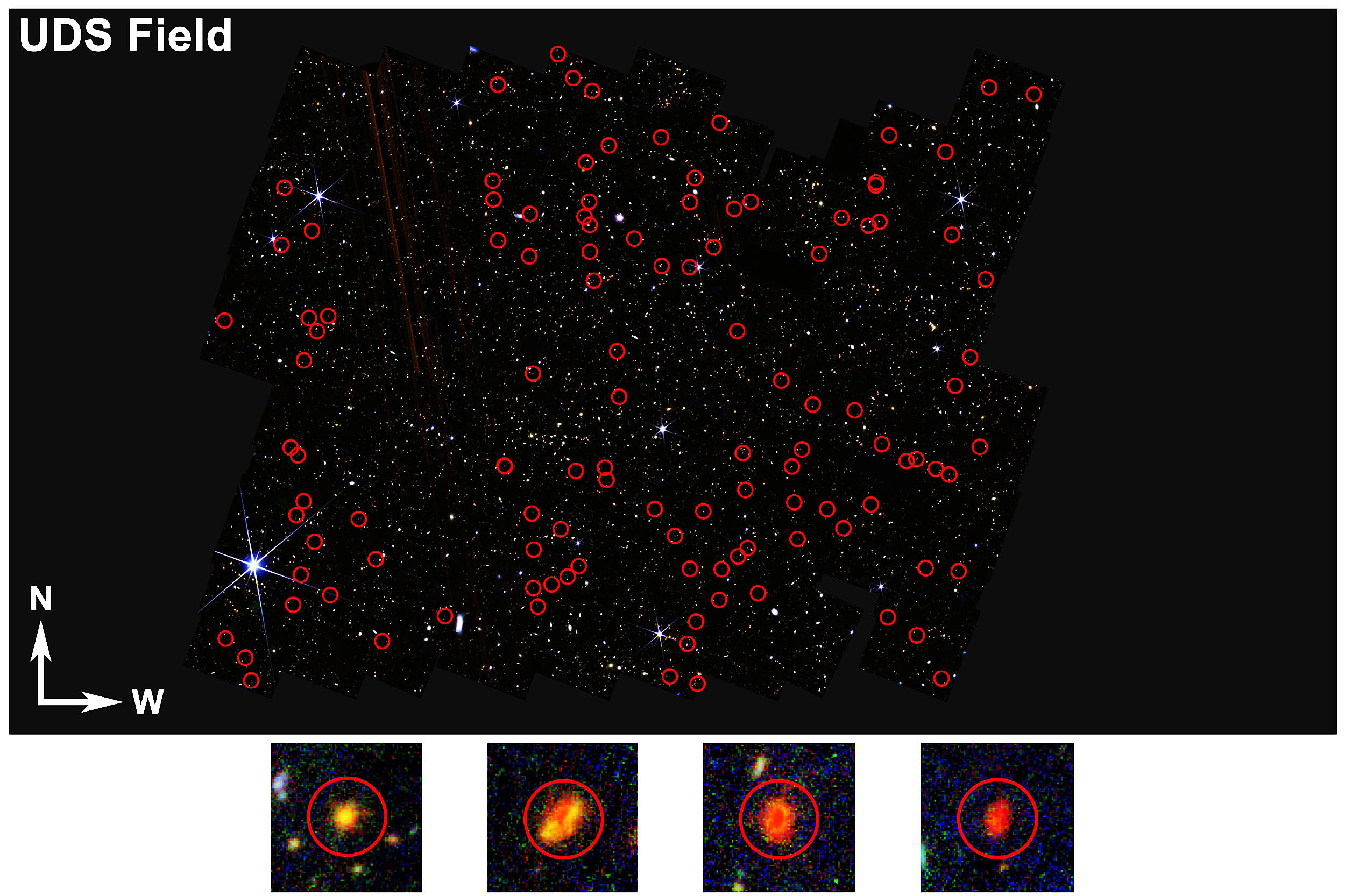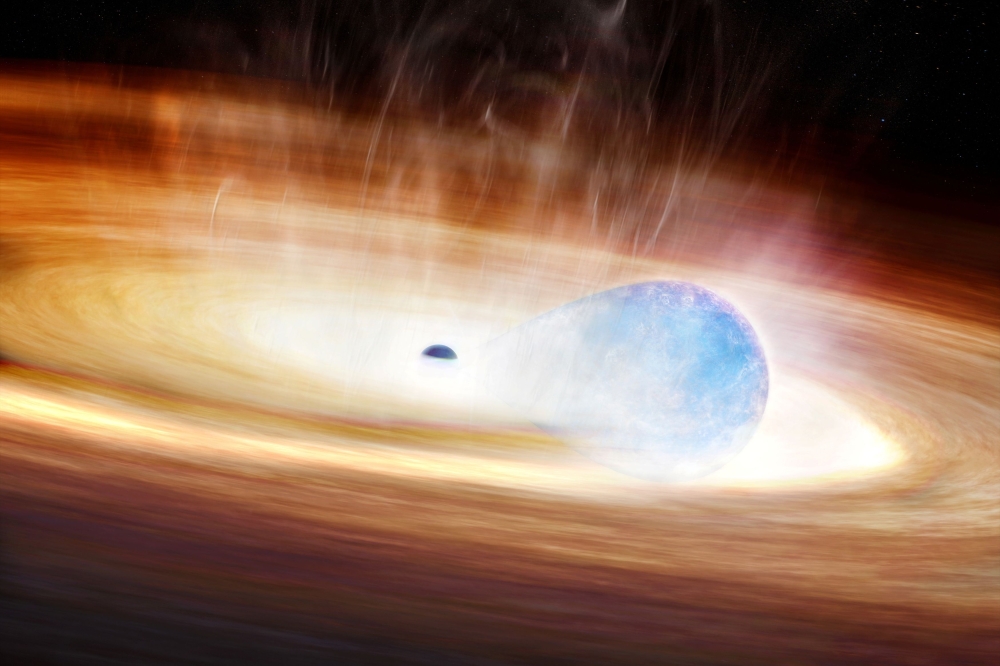Did You Know Earth's Magnetic Field Could Have Formed Without a Solid Core? Prepare to Be Shocked!

Imagine a time when the Earth was just a fiery ball of molten rock, yet somehow it managed to protect itself from the harsh rays of the Sun. This isn’t science fiction; it’s the astonishing revelation made by a recent study. Earth’s global magnetic field, which is essential for shielding our atmosphere and life from harmful cosmic radiation, could have actually generated a protective magnetic field even before our planet developed its solid inner core.
For decades, scientists have relied on the dynamo theory to explain the origins of our planet’s magnetism. This theory posits that as the Earth slowly cooled, molten iron and nickel in its outer core began to circulate in massive convection currents. These currents twisted due to the planet’s rotation, creating helical patterns that generate electric currents, which in turn, produce the magnetic field that we depend on.
But there’s been a predicament that’s puzzled experts: early in Earth’s history, roughly a billion years ago, our planet’s core was entirely liquid and lacked the solid inner core that provides extra energy sources necessary for the dynamo. So, how could Earth have had a magnetic field back then?
A groundbreaking study from a team of geophysicists at ETH Zurich and the Southern University of Science and Technology (SUSTech) in China has provided an answer. By developing a new computer model of Earth’s core, the researchers demonstrated that a completely liquid core could have generated a stable magnetic field similar to what we experience today.
To solve this longstanding issue, they tackled a significant challenge: the influence of viscosity—essentially the internal resistance to flow—on their simulations. In the real core, viscosity is thought to be incredibly small. However, most numerical models exaggerate it to ensure computational stability, which can skew the results. The researchers employed high-performance computing, including runs on the Piz Daint supercomputer at the Swiss National Supercomputing Center in Lugano, to simulate the ideal physical conditions where viscosity becomes negligible for the dynamo.
Remarkably, they found that a strong, self-sustaining magnetic field can emerge from a fully molten core. “Until now, no one has ever managed to perform such calculations under these correct physical conditions,” stated lead author Yufeng Lin.
In their model, the same core dynamics that power today’s geomagnetic dynamo—namely buoyancy-driven convection and the twisting effect of rotation—were sufficient to create organized flows and magnetic fields even without a solid inner core. By effectively minimizing viscosity, the researchers allowed the physics to take center stage, creating a realistic dynamo environment.
This discovery suggests that the early Earth could have maintained a magnetic shield long before the solid inner core developed. It poses an exciting idea: the geodynamo is remarkably resilient; it doesn’t absolutely require a solid core—just the right mix of heat loss, composition, and rotation to drive and organize metal flows.
As co-author Andy Jackson, a professor of geophysics at ETH Zurich, explained, “This finding helps us to better understand the history of the Earth’s magnetic field and is useful in interpreting data from the geological past.” If magnetism could have arisen with a liquid core, it implies that Earth’s protective shield may have formed earlier and lasted longer than previously thought—reshaping our understanding of early habitability.
Imagine a magnetic umbrella blocking high-energy radiation; it would have helped preserve Earth’s atmosphere and fostered conditions under which life could thrive and evolve. This research also opens doors for scientists to study magnetic fields across the solar system, including the Sun’s vast magnetic reach and the intense fields of gas giants like Jupiter and Saturn.
Our modern civilization relies heavily on Earth’s magnetic field—it protects satellites and power grids from space weather, stabilizes navigation, and supports countless technologies. “It is therefore important to understand how the magnetic field is generated, how it changes over time, and what mechanisms maintain it,” Jackson noted. Understanding the dynamo’s resilience is crucial, especially as Earth’s magnetic north pole has been migrating rapidly towards geographic north in recent decades.
By refining core simulations, scientists have shown that Earth’s magnetic shield could ignite without a solid inner core. A fully molten, vigorously convecting, rapidly rotating core could have been the answer all along. This insight not only enhances our understanding of early Earth but also strengthens the link between biodiversity and a protective magnetosphere, equipping researchers to explore magnetic lifecycles on other worlds.
As we look to the future, this study offers a firmer foundation for anticipating how our planet’s magnetic shield might evolve in the coming centuries. This remarkable research was published in the journal Nature.




























